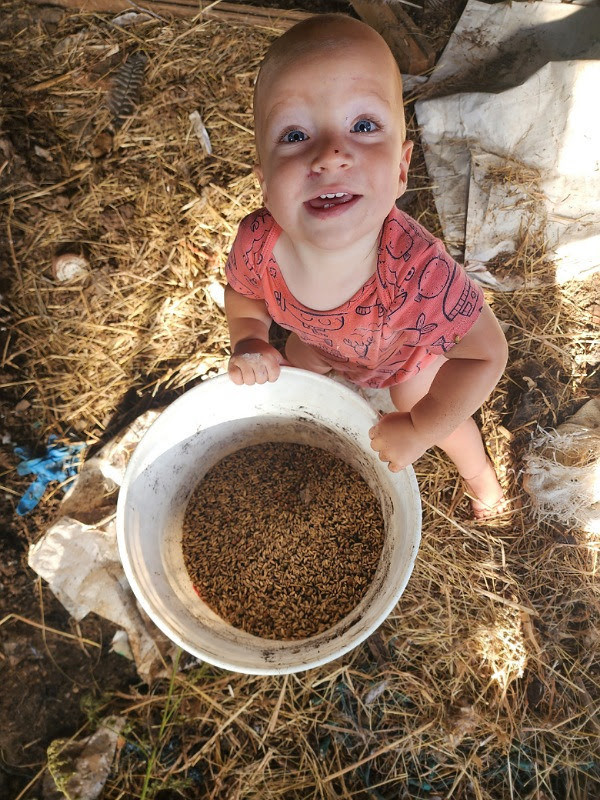How our farm uses pigs to create healthy, resilient pastures
posted on
September 21, 2022
As you may know if you've followed us for long, the pigs at Sparrow Hill Farm are located in a pasture with prairie grass and other native perennials. As we move the pigs through the pasture, they eat some of the plants. And they smash some down to return to the soil. With their specially designed snouts, the pigs also create some smaller areas of disturbance on the surface of the soil. This happens as they go after the tasty roots and grubs that lay right below the surface.
This natural pig activity of rooting does a couple things. For one, it stimulates the growth of seeds that have been laying dormant, sometimes for years, under the surface. After the pigs go through an area, it's common to see new growth of native and non-native plants that were not there before. Birds or some other critters had spread the seed at some point in time. And the seeds lay waiting for the conditions to be right.
The next thing rooting allows us to do is introduce new plants that were not in the pasture before. When the pigs stir up the soil surface, it gives a nice seedbed that we take advantage of. In Marco's bucket in the photo, there's a mix of 5 different kinds of clover, alfalfa, turnips, rye, and a variety of other annual plants.

These plants have a tendency to grow nice and quick, so we don't have areas of bare soil. They also create very high-quality grazing for all of the animals we raise. And the deer and turkeys that share the pasture love the mix!
Seeding behind the pigs is how we use pigs to create healthy, resilient pastures that continue to thrive and produce food for the grazing and rooting animals. Year after year, the pig pasture gets more fertile and more diverse. This regenerative farming practice increases the quality and flavor in the pork, beef and lamb that are raised in these pastures.
As always, eat well and stay healthy!




